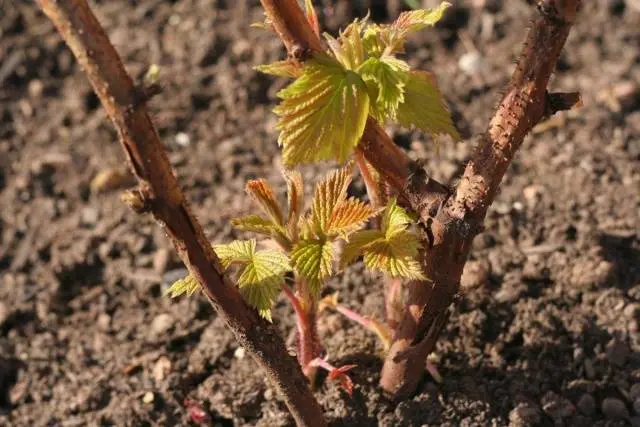Contents
It is not in vain that remontant raspberries enjoy such attention and love from gardeners. When choosing the right cultivation technique, it will have a fairly large number of advantages compared to ordinary raspberries. But, if, due to inexperience, you choose an inappropriate method of pruning or care, then growing it can cause a lot of trouble and trouble. In any case, you need to understand that, like most garden crops, raspberries have limitations in terms of life. No matter how wonderful you look after it, after 10-12 years of planting it will still need to be updated. On the other hand, remontant raspberry seedlings are not at all cheap. If you want to lay a decent-sized raspberry, then the initial investment in the purchase of seedlings will be very significant. All this suggests that remontant raspberries need to learn how to propagate.
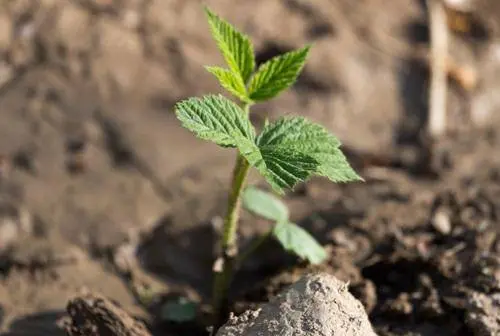
The fact is that most varieties of remontant raspberries form a small number of replacement shoots, and some varieties do not form them at all. Nevertheless, this feature can even be considered an advantage, since caring for raspberry bushes is much easier – there is no need for endless thinning. And using some unconventional techniques, it is quite possible to propagate even a few raspberry bushes in a few years so that the seedlings are enough for sale and for laying your own raspberry bushes.
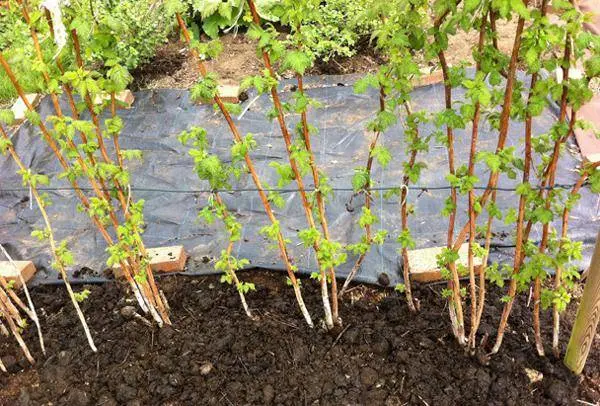
Different ways to propagate raspberries
How to propagate repair raspberries? There are quite a few ways and all of them are quite reliable. Some of them allow you to get ready-made seedlings within one season. Others will force you to arm yourself with patience, since ready-made full-fledged raspberry bushes can only be obtained a year after the breeding process has begun.
Root cuttings
This breeding method is the most traditional for raspberries. As mentioned above, due to the low shoot-forming ability of most varieties of remontant raspberries, its use is somewhat limited and one cannot count on a large number of seedlings.
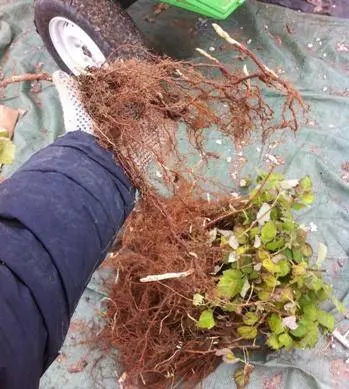
Nevertheless, it is completely unsuitable to neglect it completely, because:
- Firstly, there are a sufficient number of varieties of remontant raspberries that form a large number of shoots, for example, Atlant, Firebird, Crane, Ruby Necklace, Orange Miracle. The raspberry variety Yellow Giant forms a huge amount of shoots, but it is semi-repairable, that is, it is not subject to mandatory autumn pruning, since the second crop is formed only at the very tops of the shoots.
- Secondly, you can use a special agricultural technique that allows you to increase the number of shoots formed. It consists in the fact that in the second or third year after planting the seedling, in early spring, the central part of the bush is carefully cut out with a sharp knife. The diameter of the cut out part can be approximately 10-20 cm. Of course, this procedure must be carried out very carefully.

The central part is transplanted to a separate place and grows further. The essence of the reception is that from the roots that remain in the soil, about 20 new shoots can develop, which can be put on seedlings in the future.
- Thirdly, if in the spring at least half of all the resulting shoots are cut or planted near the bush, then the next year the number of shoots will increase. Thus, by regularly propagating bushes by branching, you only increase their ability to reproduce.
Green layering
For propagation of remontant raspberries in this way, the spring period is best suited. When, with the onset of warm weather, new shoots begin to grow intensively from the ground, it is necessary to arm yourself with a shovel, a sharp garden knife and a container with clay talker so that you can immediately protect the roots from drying out.
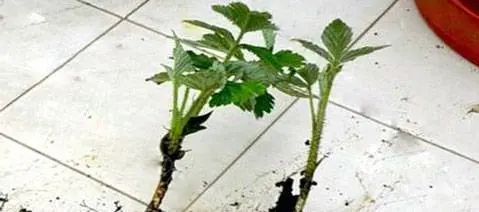
On closer examination of the growing shoots, you can see the center of the bush, from where the largest number of shoots grows. On one bush, from 4 to 6 of the strongest and most powerful shoots are left. The rest must be carefully separated from the mother plant with a shovel and knife. It is best to separate those that grow at a considerable distance from the center. Thus, the mother bush will receive the least damage, and it will be easier to work.
The separated shoots with a piece of rhizome are immediately placed in a clay mash to prevent the roots from drying out. At the end of the process, the shoots are planted on a special bed with loose fertile soil and watered. By the autumn of this year, full-fledged seedlings will be obtained from them.
Watch the video below, illustrating in detail this breeding process of remontant raspberries:
Mature root cuttings

A similar breeding procedure for remontant raspberries can be carried out in the fall. If for some reason you did not have time to thin out your plantings in the spring, then this should definitely be done in the fall. Moreover, autumn shoots usually take root better, since they usually have a more mature and powerful root system. There is only one drawback – all summer they take away nutrients from the mother bush, which cannot but affect the yield.
When digging root offspring, they can be immediately divided by the number of bushes.
Root cuttings
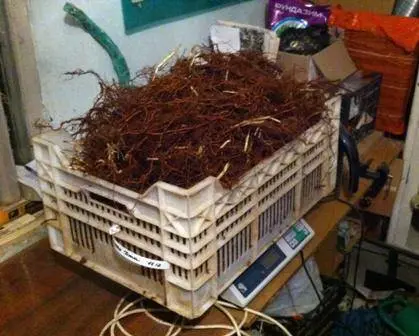
Propagation of remontant raspberries is also possible with the help of root cuttings. To do this, in the fall, in cloudy weather, one of the bushes of already fertile raspberries is selected and carefully dug out with a garden pitchfork so as not to damage the root system. Usually in the upper layer of soil from the mother bush in all directions there are many roots with branches. It is necessary to cut off a certain number of them, about one fifth – one sixth. The main thing is not to overdo it, so as not to greatly weaken the mother bush.
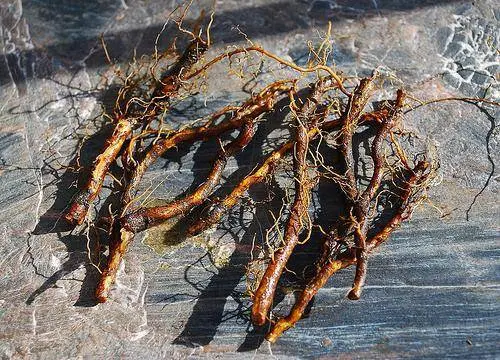
Then these root segments are either buried in the soil of a nursery prepared in advance, or placed one at a time in plastic pots with earth and sent to winter in the cellar. In the spring, placed in heat, they very quickly sprout, which in warm weather can already be planted in a permanent place. By autumn, good and strong seedlings will grow from these sprouts.
Watch a video describing this breeding method:
stem cuttings
Remontant raspberries can be propagated in a very simple way. When you cut off all the shoots to the ground level late in the fall, then the shoots themselves can not be thrown away, but cut into cuttings for propagation. Of course, the main condition for this method of reproduction is that the bushes must be absolutely healthy, otherwise all diseases will pass to the resulting seedlings.
Cuttings immediately after pruning are planted on a bed with loose earth and compacted at the base. In the northern regions, the garden bed for the winter can be covered with non-woven material.

In spring, 50 to 90% of the cuttings take root and bud. Since initially they are usually planted quite densely for adult bushes, by autumn they can already be transplanted to a permanent place.
Reproduction by seeds
Speaking about the propagation of remontant raspberries, one cannot fail to mention propagation by seeds. This method has two disadvantages: it takes a very long time to wait for planting material and plants obtained from seeds, as a rule, only correspond to the parent variety by 60%. Nevertheless, for lovers of experiments, the seed method of reproduction is quite worthy of existence.
Conclusion
As you can see, there are quite enough ways to propagate remontant raspberries so that you can use the resulting seedlings for any purpose at your discretion. Choose the ones that seem most affordable to you and enjoy the sweet taste of your favorite raspberries.










